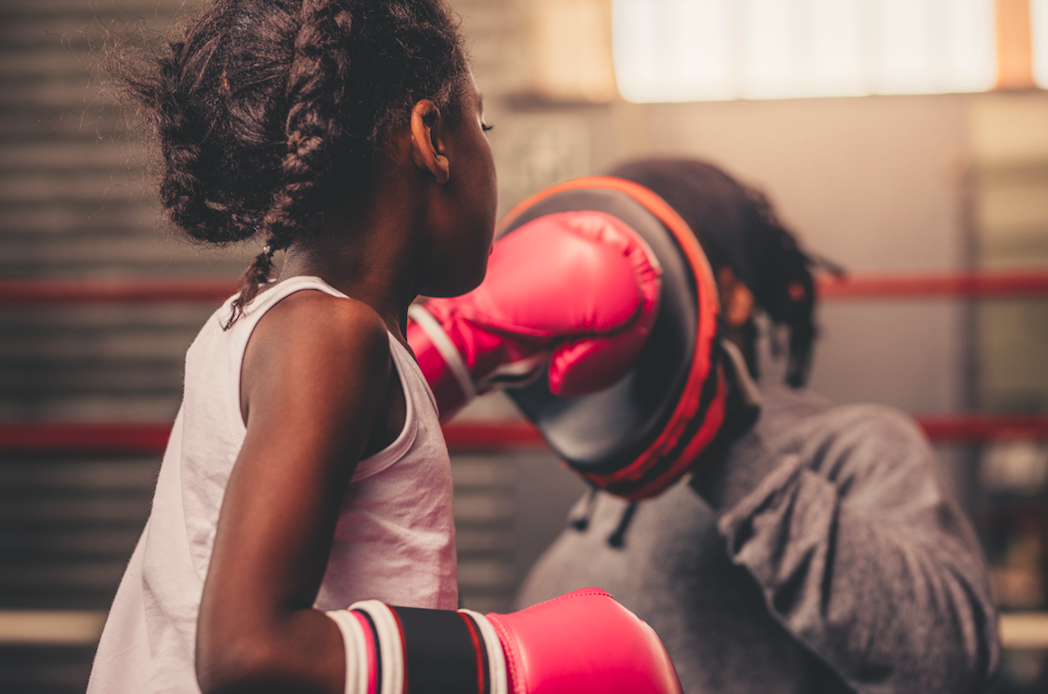When I was a teenager, I watched one scene of Terminator 2 over and over again. It’s the one in which Sarah Connor escapes from the asylum where she has been detained against her will and sexually assaulted by a male staff member. During her getaway, she beats up several men who attempt to detain her. No matter what they try, Sarah — with chiselled biceps — outsmarts and overpowers them.
“Oh, to be that strong. To be that tough. To be able to kick butt,” I’d marvel. Then I’d rewind the tape and watch the scene again.
You may unsubscribe from any of our newsletters at any time.
As a survivor of gendered violence who now studies the topic, I have noticed a major disconnect between the fantasy and reality of what gendered violence looks like and how we should respond to it. Too often, our fantasies minimize the severity of the problem and offer a quick fix.
One such fantasy is that women and girls can reduce gendered violence by learning self-defence. The idea is that the more tactics we are equipped with — how to poke the man’s eyes or knock the wind out of him — the less likely it is that we’ll be beaten up, raped or killed. Basically, if all women and girls could be tough like Sarah Connor, gendered violence would be eclipsed.
The self-defence approach works for a portion of the time, for a portion of women and girls. Some who are trained in self-defence, martial arts or boxing are able to respond to a perpetrator and stop an assault. But being a trained fighter doesn’t always provide immunity. In 2016, the famous Indian boxer Mary Kom wrote an open letter to her sons where she shared about being molested, writing “even a woman who has earned her spurs, boxing her way through life, was made to feel violated.”
Research has also shown that in situations of sexual abuse or rape, some survivors respond with an automatic trauma response of freezing. This phenomenon is known as “tonic immobility,” a type of involuntary paralysis in which one cannot physically move or, in some cases, speak.
I will always celebrate the physical strength of women and girls. But ending gendered violence will not be solved with a superheroine fantasy.
In addition, women and girls who live with post-traumatic stress might dissociate and mentally go away during the violence. Dissociation can look like having an out-of-body experience or blacking out and ceasing to record any memory of the attack. How would anyone who dissociates even remember self-defence tactics?
Finally, people with disabilities and/or chronic illnesses might not be able to physically fight. What then? A stark example is a 29-year-old member of the San Carlos Apache tribe who has been in a coma for 10 years. She was discovered to be pregnant only when she gave birth at the health facility. A male staff member had raped her while she was comatose.
Every woman and girl should have the right to learn how to fight if she wants to, especially if it builds her confidence. But self-defence should not be sold as a panacea for women’s and girls’ safety. It veers dangerously close to victim-blaming those who froze, dissociated or were unable to fight in a situation of violence. It puts the onus on women and girls to stop or reduce the impact of men’s violence, rather than focusing on getting men to stop doing it.
I will always enjoy watching Sarah Connor plow through rows of male guards. I will always celebrate the physical strength of women and girls. But ending gendered violence will not be solved with a superheroine fantasy. Real change will come from challenging the roots of the problem: misogyny, hetero- and cisnormativity, rape culture and gender inequality.
Self-defence is not the solution to violence against all women and girls. A major shift in our society’s power structure is.
This column first appeared in the June 2019 issue of Broadview with the title “A Fighting Chance.” For more of Broadview’s award-winning content, subscribe to the magazine today.
Sidrah Ahmad is a writer and researcher in Toronto.
















Self-defense presumes an attack will take place. In essence, it is a curative approach, rather than a preventative one.
Much like when people raise a hue and cry for tougher penalties for drinking and driving, it seldom prevents the act from occurring, but instead deals with the after effects.
A change in the prevailing attitude is helpful, but until the perpetrators — whether of violence, impaired driving, or whatever unacceptable behaviour — change their own attitudes, defensive measures remain merely reactive steps.